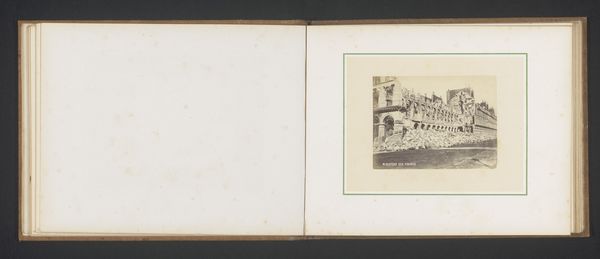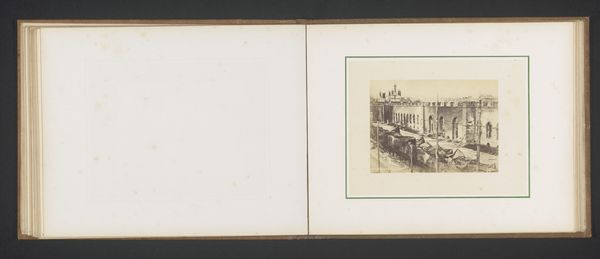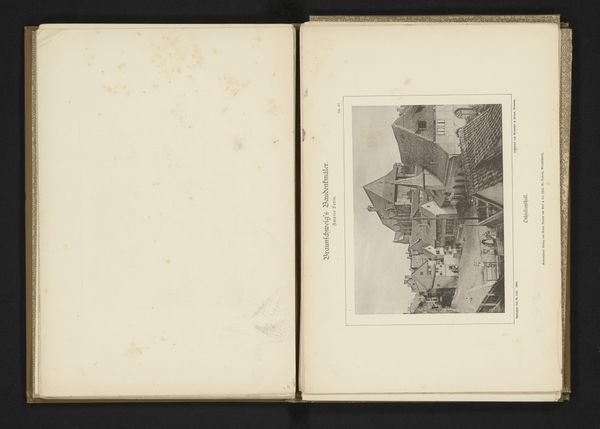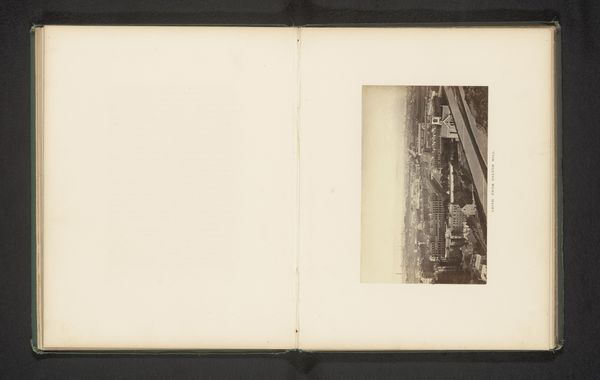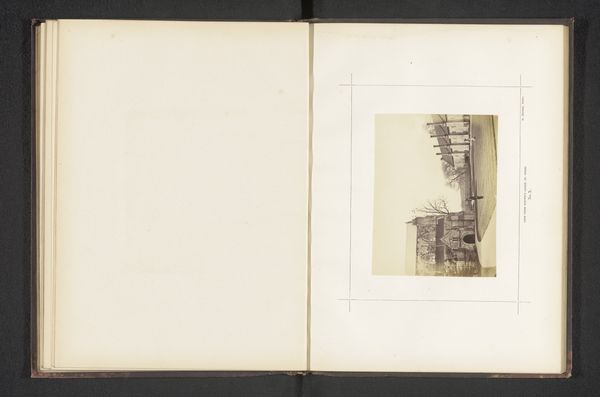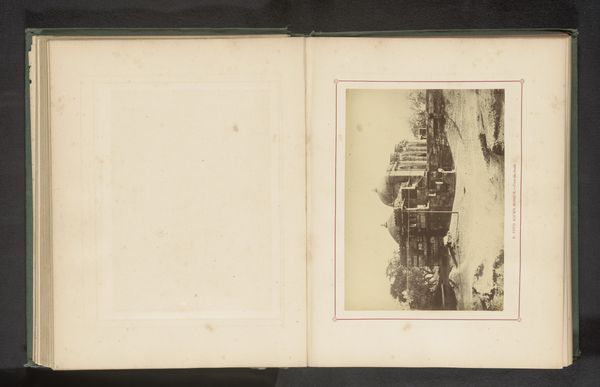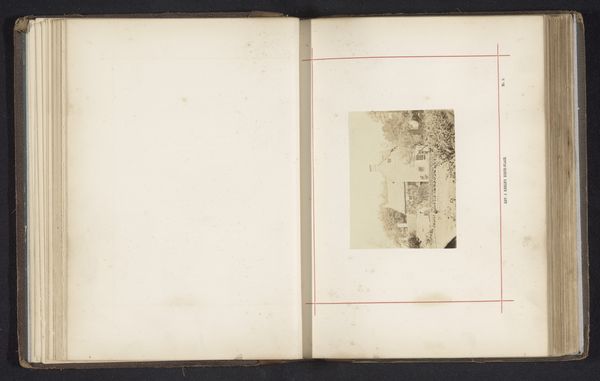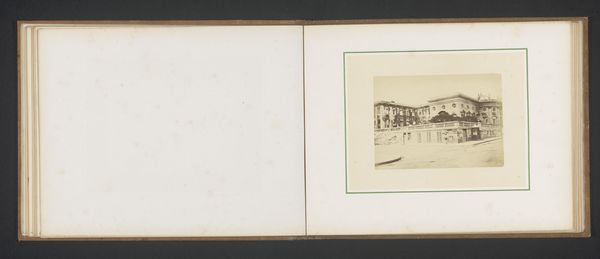
#
aged paper
#
homemade paper
#
ink paper printed
#
light coloured
#
hand drawn type
#
white palette
#
white font
#
golden font
#
street
#
watercolor
#
historical font
Dimensions: height 94 mm, width 129 mm
Copyright: Rijks Museum: Open Domain
Curator: Looking at this piece, I feel a sense of profound loss, even before knowing its history. There’s such stillness amidst the obvious devastation. Editor: Well, let’s provide some context. What you're observing is a print titled "Gezicht op de Rue de Lille na de brand door de Commune van Parijs"—"View of the Rue de Lille After the Fire by the Paris Commune." It’s by P. Loubère, dating to 1871, and depicts the aftermath of a deeply turbulent period. Curator: The Paris Commune, of course – a pivotal moment of social upheaval. This image, more than just documenting damage, seems to encapsulate the spirit of a broken revolution, wouldn't you say? How it mirrors the crushing of marginalized voices? Editor: Exactly. The image becomes a visual archive, capturing the profound material and political destruction following the Commune's suppression. The perspective emphasizes the scale of devastation, almost overwhelming in its quiet intensity. The event itself had huge political and cultural repercussions. Curator: And how the streets were portrayed… Look at that desolation, rendered with such precision. What about the role of art during this kind of socio-political calamity? Do you believe Loubère's print engages in social commentary? I would say so. Editor: Absolutely. The artwork functions as a form of historical witness and political critique, reflecting and shaping public understanding of the Commune and its aftermath. Images such as this would have helped build certain public narratives. It offers an intimate view of a pivotal historical juncture, immortalizing it for successive audiences. Curator: So much history and memory are etched onto this piece, quite literally in the etching technique itself. It’s fascinating how art can both record and provoke these dialogues across time and movements. Editor: Indeed, seeing the art embedded into the wider narrative makes me rethink everything about art's influence back then and now.
Comments
No comments
Be the first to comment and join the conversation on the ultimate creative platform.

